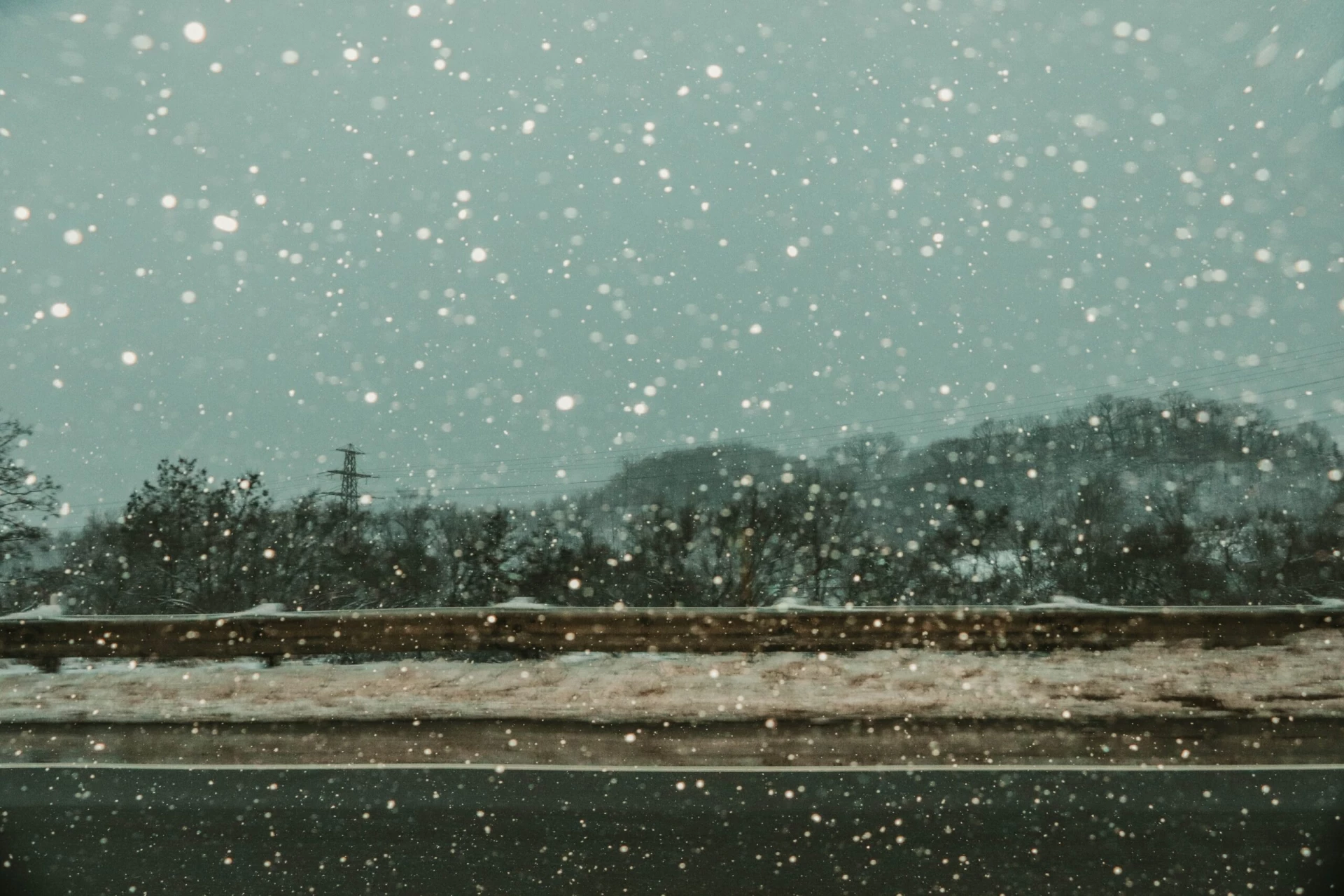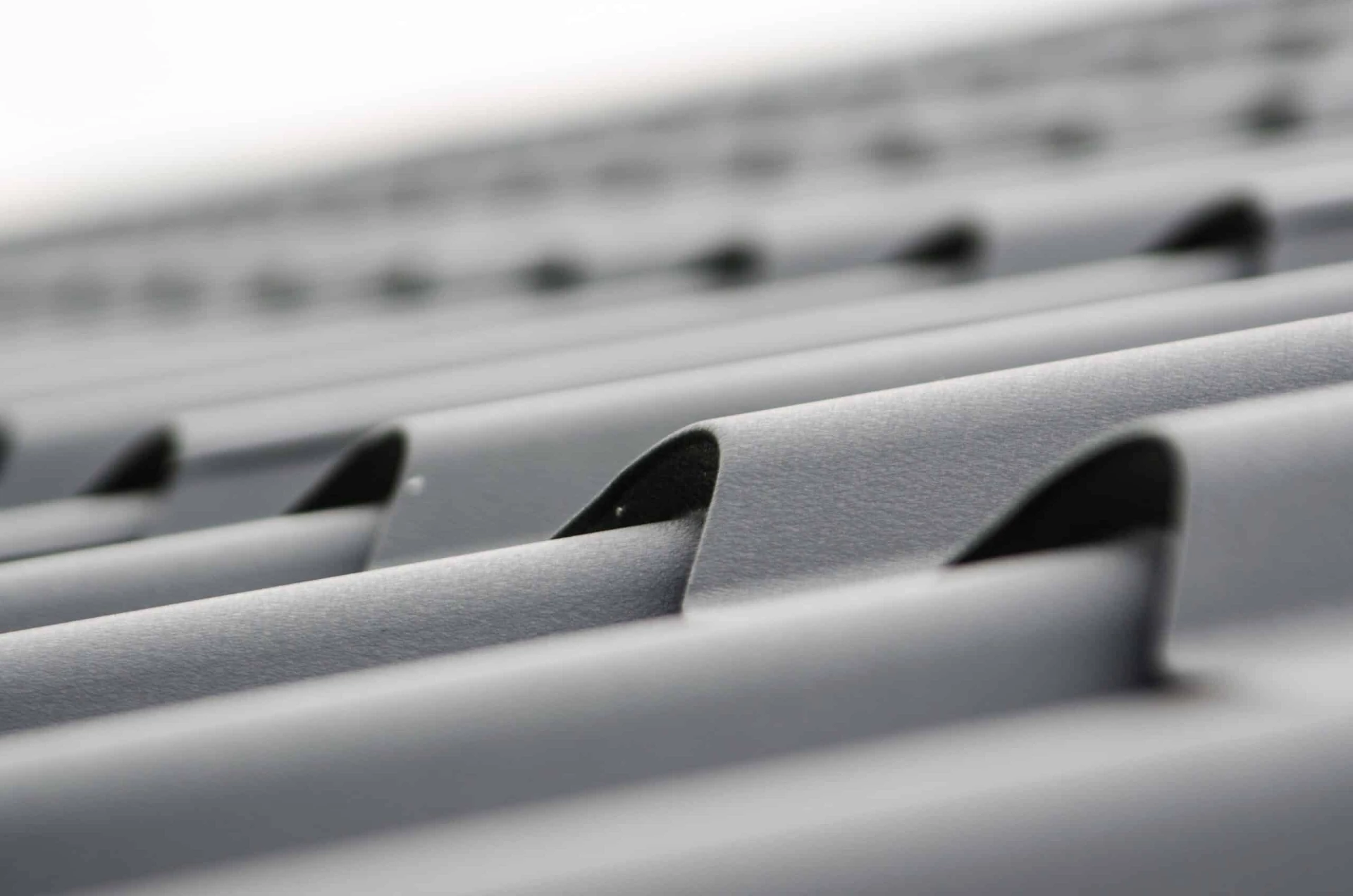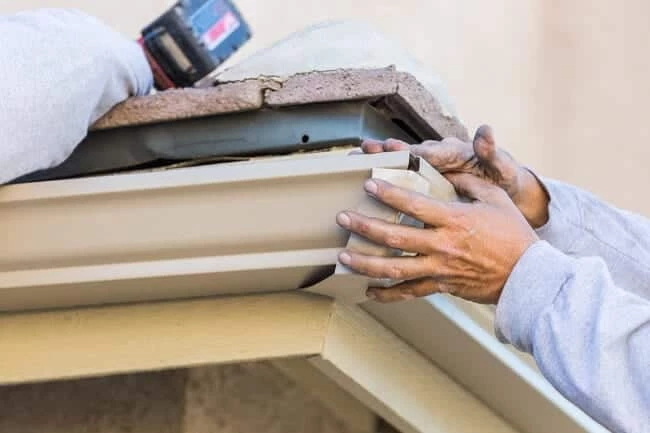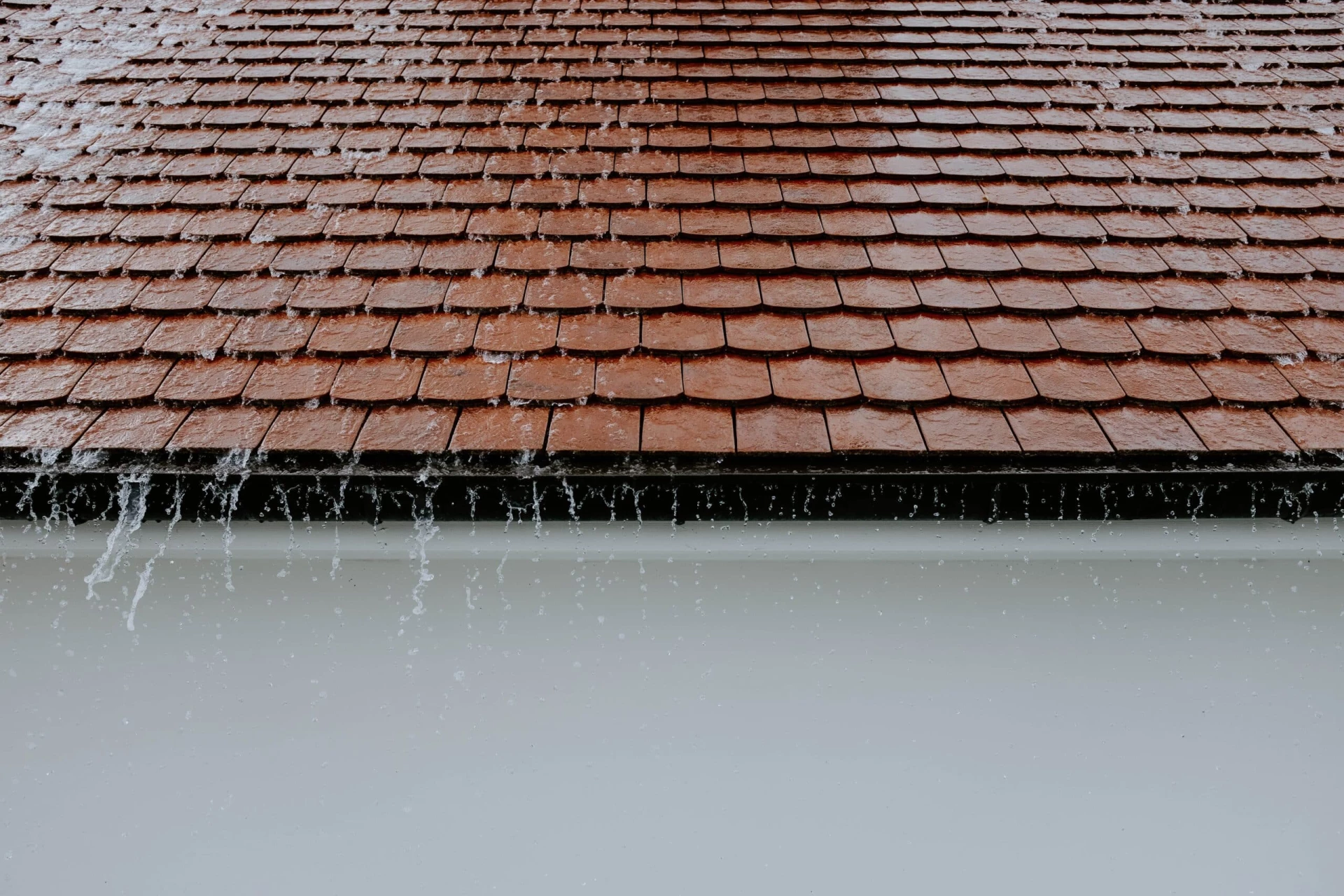Different building and roofing materials respond differently to hail damage. The type and extent of damage to your roof during a hailstorm are largely dependent on the material that makes up its components. For the most part, roofing materials can handle adverse weather conditions quite well, but not everything is completely damage-proof, and not all materials are created equal.
Hail can be extremely damaging to your roof and might even be difficult to detect on certain roofing materials. For example, it may be more difficult to spot hail damage on an asphalt-shingle roof compared to a metal-based roof. Metal roofing systems and metal shingles will usually show dents and bumps from a hailstorm, which is a sure sign of hail damage.
Asphalt shingles do not reveal hail damage as easily, but clues to hail damage can still be seen on flashing pieces, siding, vents, or gutters (where dents may appear). If the hail was severe, you will be able to see dents in asphalt shingles, holes, bruises, and even some broken shingles.
Wooden shakes can be badly damaged by hail and can result in cracking and splitting of the entire shingle. This can result in exposed roof decks, which can cause a host of problems should moisture find its way inside.
Damage caused by hail can not only affect the surface of your roof but can also cause further damage to your roofing system, your supporting structure, and your walls.
Roof shingles that have been damaged by hail are left vulnerable to faster degradation and fragmentation. This is because hail damage leaves the underlying layer exposed to water and ultraviolet light, which loosens the attachment between your shingles and the base roof layer. Further to this, broken pieces from your damaged shingles can fill and block your gutters.
If your hail damage is left unchecked, further roof degradation takes place that eventually results in your shingles becoming unable to prevent leaks. Roof leaks can be difficult to detect until they have caused significant damage to your roofing system, and can even lead to damp walls, all of which can be a costly exercise to repair.
Furthermore, it may be difficult to have an insurance claim approved for such secondary damage, particularly if it could have been avoided when the initial surface hail damage occurred.
For this reason, it is extremely important to catch hail damage early, have your roof inspected for any damage that could worsen the situation, and have any damages repaired promptly before further impairment can occur.
Your first port-of-call is to check whether a hailstorm occurred. There are many tell-tale signs of a hailstorm, such as damaged trees, damaged outdoor furniture, and of course, you may notice damage to your roofing materials.
The next step is to get your roof inspected to determine the magnitude of the hail damage. An inspection will reveal deeper damage and allow you to pick up on small problems and remedy them before they turn into larger problems that cost more to repair.
Finally, after inspecting your roof, you’ll be able to put through an insurance claim to cover the cost of repairing your hail-damaged roof.





